CW: Discussions of violence, homophobia, transphobia
What is Retro? This post has made me feel old. When I was a child, Atari was Retro. I remember when the first Nintendo Entertainment System came out. I remember excitedly saving up money from farm work to buy a Super NES Bundle with Super Mario Allstars. We are now closer in time to the Playstation 3 than to …. So, since I had to pick a time frame to work with, I picked twenty years (to make the math easy). This list is not exhaustive, as I unfortunately do not have unlimited time to play retro games. Also, one of my favorite games of all times “The Longest Journey” will likely have a future article dedicated to it, and so isn’t mentioned below. Also, there was a game I found from Atari from 1982 called ‘Custer’s Revenge’ which is super messed up, racist, violent, sexist but not specifically anti-LGBT so it didn’t make the list, but definitely avoid it.
The representation of LGBTQ+ characters in video games has come a long way in recent years, but there was a time when the portrayal of queer characters in video games was scarce, problematic, or nonexistent. In this blog post, we will take a look at the five best and five worst video games for LGBTQ+ representation before 2003, including canonically queer characters, queer coded characters, and fan theories about whether characters are queer.
The Best
5. The Sims (2000)
The Sims is a life simulation video game that allows players to create and control their own characters and houses. The game was groundbreaking for its time as it was one of the first games to include same-sex relationships. The game’s developers did not make a big deal out of the inclusion of same-sex relationships, but it was a significant step forward for LGBTQ+ representation in video games. The newest version of The Sims allows character customization including top surgery scars.
4. Fallout 2 (1998)
Fallout 2 is a post-apocalyptic role-playing game that is set in the year 2241. The game features a character named Angela Bishop, who is a sex worker in the game’s fictional city of New Reno. Angela Bishop is a lesbian character, and the game allows the player to have a romantic relationship with her. Of course, Fallout has largely continued this trend with in-game romance and character customization.
3. Baldur’s Gate II: Shadows of Amn (2000)
Baldur’s Gate II: Shadows of Amn is a role-playing game that features a character named Haer’Dalis, who is a bard and a member of the game’s main cast. Haer’Dalis is a bisexual character, and the game allows the player to have a romantic relationship with him. The Baldur’s Gate series is amazing for classic Dungeons and Dragons RPG play. Definitely worth checking out.
2. EarthBound (1994)
EarthBound is a Japanese role-playing game that was released in North America in 1995. The game features a character named Tony, who is heavily implied to be gay. Tony is a non-playable character, but he is an essential character in the game’s storyline. Even if you haven’t played EarthBound, you likely will recognize the protagonist from Super Smash Bros.
- Final Fantasy VII (1997)
If you’re an RPG fan and haven’t played this game all the way through, and you didn’t grow up in a cellar in Indiana like the Unstoppable Kimmy Schmidt, then please stop reading and immediately go find a copy.
Final Fantasy VII is a Japanese role-playing game that features a character named Cloud who is the protagonist of the game. The game’s storyline is complicated, but one of the most interesting aspects of the game is the character Barret Wallace, who is a Black man with a gun for an arm and is heavily implied to be in a relationship with another male character named Dyne.
The Worst
5. Street Fighter II (1991)

Street Fighter II is a fighting game that features a character named Vega, who is queer coded. Vega is a flamboyant character who wears a mask and is obsessed with his appearance. The character’s design and behavior have been criticized for perpetuating harmful stereotypes about LGBTQ+ people, particularly those who identify as gender non-conforming or flamboyant. As much as I loved playing this game as a kid on SNES, looking back it was clearly harmful.
4. Final Fight (1989)
Final Fight is a side-scrolling beat ’em up game that was released in 1989. The Japanese version of the game was initially intended to feature a character named Poison, a drag queen who would be a member of the game’s antagonist gang. However, the character was changed to a cisgender woman in the North American release of the game due to concerns about the portrayal of a Queer character in a violent game. After further controversy about violence towards women, the game developer noted that the character was trans and therefore the arguments had no merit. The developers have gone back and forth multiple times on this. This decision has been criticized for perpetuating harmful stereotypes about transgender people and erasing their representation in video games. In later releases of the game, Poison was eventually revealed to be a transgender woman, but the controversy surrounding her original portrayal still remains.
This one despite the controversy has been reclaimed to some degree in recent years and generated a fan favorite Cosplay at conventions, with folks of all genders dressing as the character.
3. Vendetta (1991)
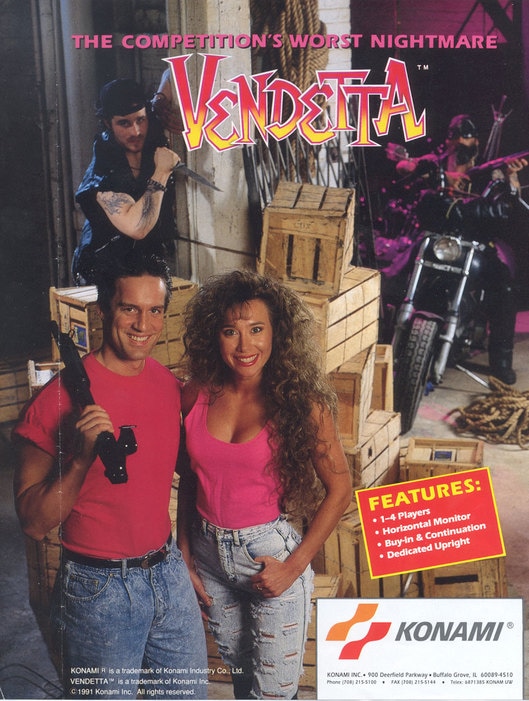
Vendetta, also known as Crime Fighters 2, is a side-scrolling beat ’em-up game that was released in 1991. The game features a stereotypical gay enemies in leather who attack the player by humping and licking. The enemy does the same thing if the player is knocked to the ground. Obviously, this is problematic for multiple reasons and feeds into the harmful rhetoric of LGBTQ people as predators.
- Leather Goddesses of Phobos (1986)
Leather Goddesses of Phobos is an interactive fiction game that was released in 1986. The game features offensive jokes and stereotypes about LGBTQ+ people, including jokes about gay conversion therapy and cross-dressing. The game’s portrayal of LGBTQ+ characters was harmful and insensitive. The game is rated for ages 9+.
- Leisure Suit Larry in the Land of the Lounge Lizards (1987)
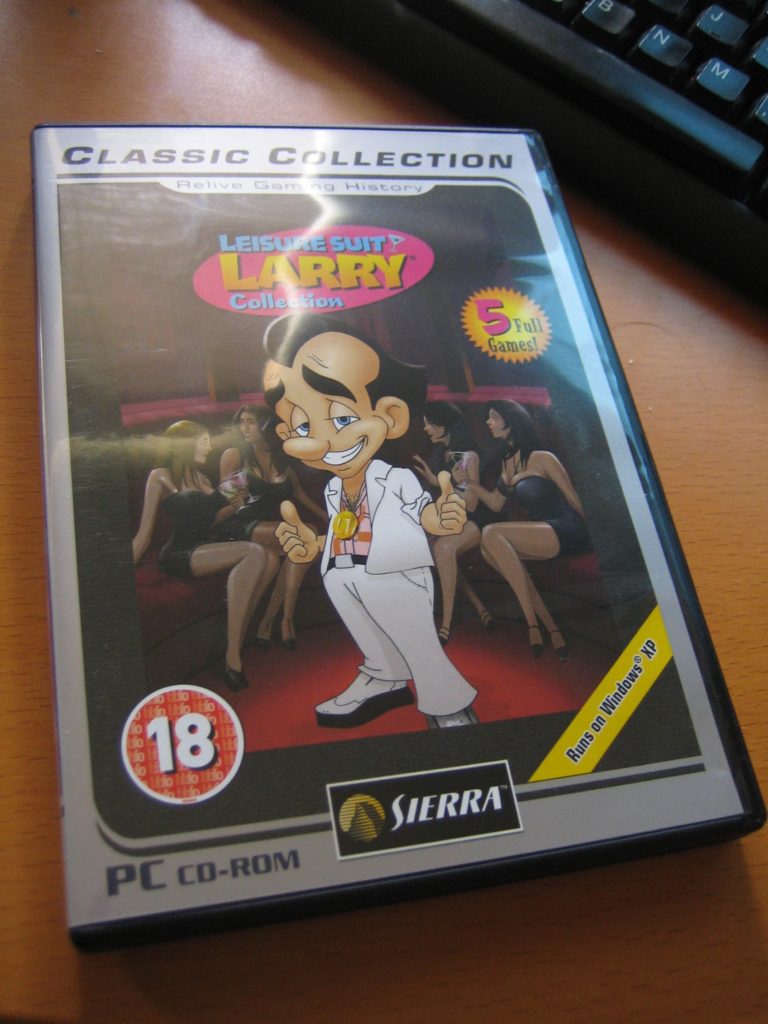
Leisure Suit Larry in the Land of the Lounge Lizards is a graphic adventure game that was released in 1987. The game’s protagonist is a sleazy womanizer named Larry Laffer, who is on a quest to find love. The game’s portrayal of LGBTQ+ people is particularly problematic, as it perpetuates stereotypes and offensive jokes about gay men and trans women. In several versions of the game, you automatically lose if you sleep with a trans woman.
While some games before 2003 had positive representations of LGBTQ+ characters, others perpetuated harmful stereotypes and offensive jokes. It’s important to acknowledge and critique these problematic portrayals, as well as celebrate the positive representations. Over the last twenty years, progress has been made in the gaming industry to improve LGBTQ+ representation, with many games featuring complex, multi-dimensional queer characters and storylines that challenge stereotypes and help to normalize LGBTQ+ identities. As we move forward, it’s important that game developers continue to prioritize inclusion and diversity in their work, and that gamers continue to demand and support positive representation of marginalized communities. By doing so, we can create a gaming landscape that is truly inclusive and welcoming for all.
Title Image: “the Retro Gaming Shelf comes into being” by blakespot is licensed under CC BY 2.0.

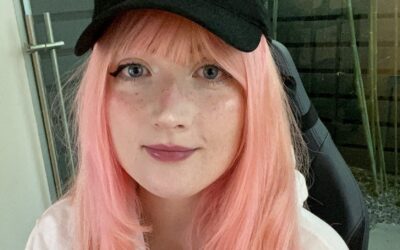

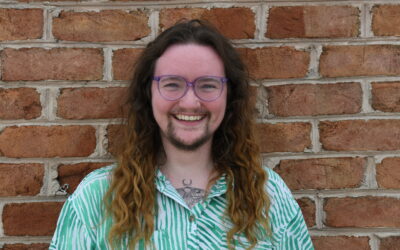
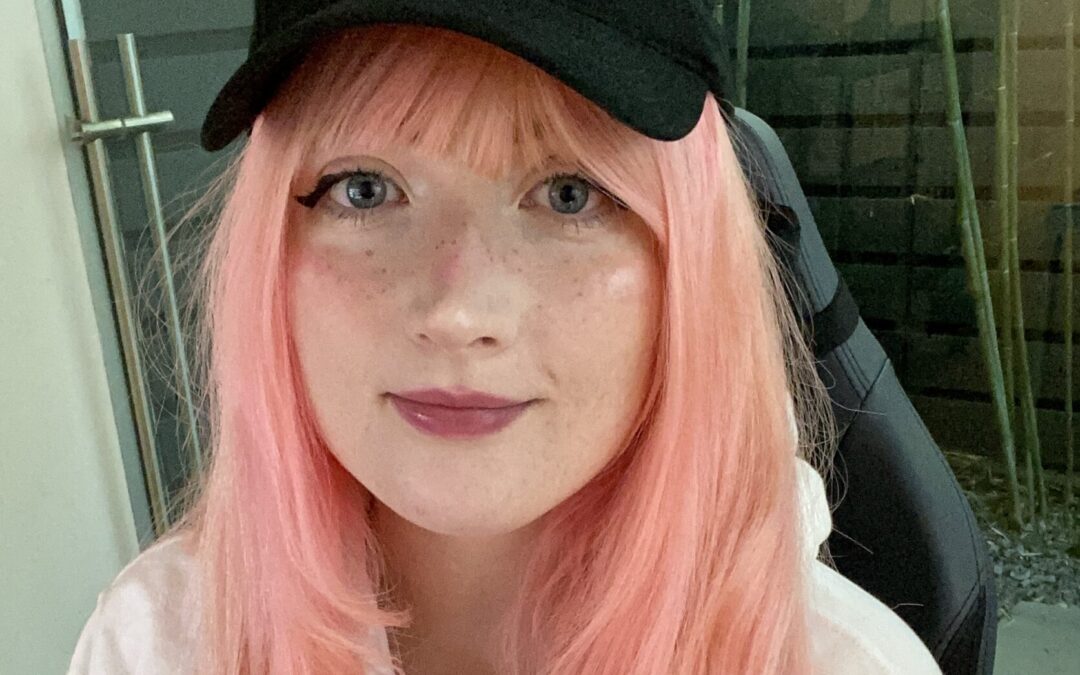
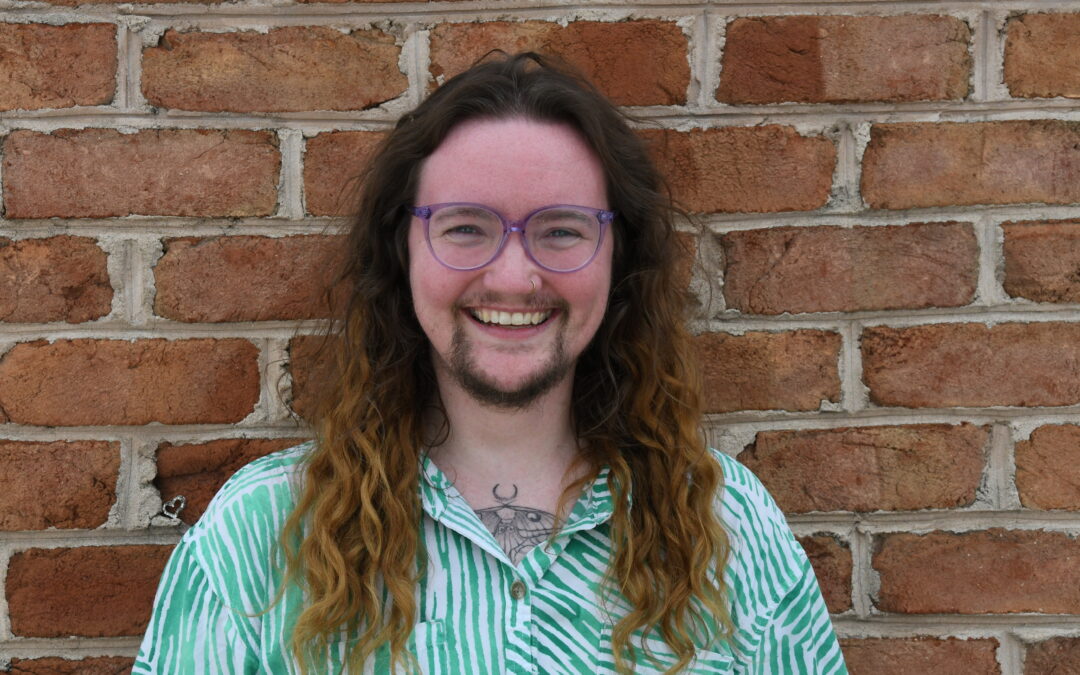
0 Comments